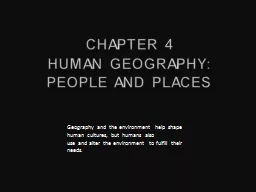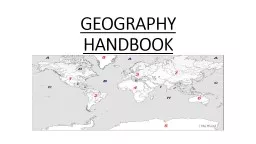PPT-Population Geography
Author : tatyana-admore | Published Date : 2016-08-14
Managing Population Growth A WebQuest for Grade 10 Geography Designed by Tumelo Ramaoka tumeloramaokagmailcom Introduction Some people have a negative attitude
Presentation Embed Code
Download Presentation
Download Presentation The PPT/PDF document "Population Geography" is the property of its rightful owner. Permission is granted to download and print the materials on this website for personal, non-commercial use only, and to display it on your personal computer provided you do not modify the materials and that you retain all copyright notices contained in the materials. By downloading content from our website, you accept the terms of this agreement.
Population Geography: Transcript
Download Rules Of Document
"Population Geography"The content belongs to its owner. You may download and print it for personal use, without modification, and keep all copyright notices. By downloading, you agree to these terms.
Related Documents

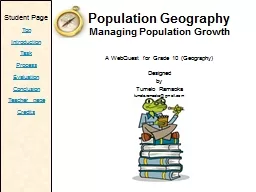

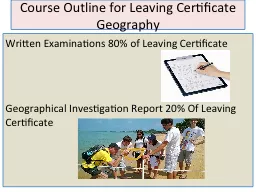
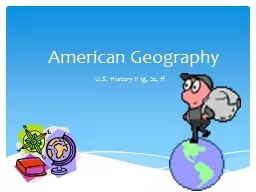

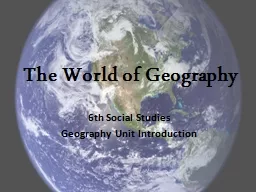
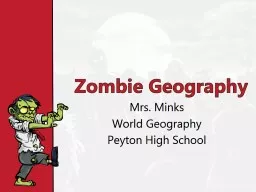

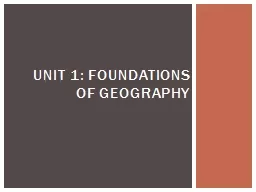
![Geography Coasts Coastal Erosion [Date]](https://thumbs.docslides.com/660288/geography-coasts-coastal-erosion-date.jpg)
